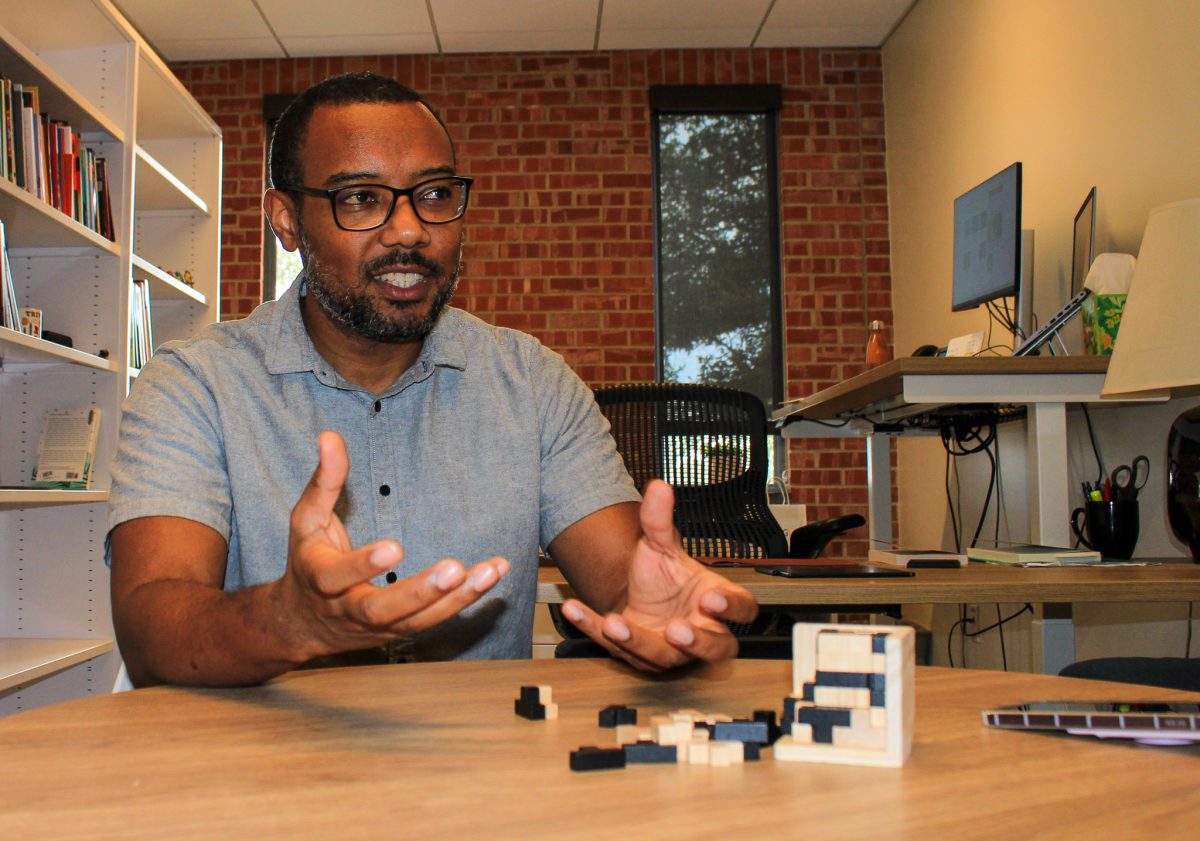Q: Safe sex between two females? How? What precautions?
A: Women who have sex with women (WSW), can have mouth-to-genital, mouth-to-anal, hand-to-genital, or toy-to-genital interactions. Although WSW have lower risk of being diagnosed with certain STI’s than their heterosexual counterparts (i.e. HIV), there are still some risks involved. Infections can still be passed in a number of ways, including through skin-to-skin contact, contact with vaginal fluids or menstrual blood, and through shared use of sex toys. The STIs that WSW are at a higher risk for include: bacterial vaginosis, chlamydia, genital herpes, human papillomavirus (HPV), pubic lice and trichomoniasis.
However, the conversation would be different if one partner had any previous sexual contact with a male partner. Dental dams create an effective barrier that helps to prevent bacteria, viruses and other pathogens from spreading during oral sex. A good method is to apply a water-based lubricant to the vulva or anus, which can help keep the barrier secured, reduces friction and enhances pleasure. In terms of placement, make sure the dam is covering the vulva or anus, allowing for oral stimulation of these areas without coming into contact with bodily fluids or skin. Since a dam serves as a barrier between partners, it only needs to be held in place (by either partner), not stretched or held tightly over the skin.
You could also make your own dam using non-microwavable plastic wrap, or a powder free latex glove. You can cut open a glove in place of a dam, or cut off the three ‘middle fingers’ of the glove to allow the thumb and pinkie ‘fingers’ to act as a barrier method for digital penetration.
Things to keep in ming: Always check your chosen barrier for holes or tears before using it, only use one side of the dam. Don’t use the same dam on multiple parts of the bod. Dams are only for one-time use. Dams aren’t intended for insertion. Keep water-based lube on hand when using a latex dam.
Wash your hands or wear gloves for digital penetration, as well as washing sex toys before and after use. You might also choose to use a condom to cover the toy when in use (and use a new one if you swap with a partner). Remember that both dams and condoms are available for free in Health Services located, in Myrtle Hall.
Q: What are some tips for communicating boundaries and desires with a partner— long-term or casual?
A: Only you know what’s on your mind, so unless you express yourself, the other person is only left guessing. Communication is always key to a healthy relationship, and the physical part of it is no different. It can be uncomfortable being completely open when it comes to talking about sex, even with a girlfriend or boyfriend. Still, it is important to push past that and let them know what you like, what you don’t like or if you don’t want to go any further. Encourage your partner to be open as well because it takes practice and patience.
In additional to expressing yourself, when you show the other person that what they say matters to you, they will be more likely to trust you and listen to you in return. Sex and intimacy are strongly affected by how both people feel, so it really pays off to create a positive atmosphere.
As for physical boundaries, take your time and don’t rush it if you’re not ready. Getting physical with your partner doesn’t have to happen all at once if you’re not ready. In a healthy relationship, both partners know how far each other wants to go and they communicate with each other if something changes.
There isn’t a rulebook that says you have to go so far by a certain age or at any given time in a relationship, so take things at your own pace. Also, you don’t owe your partner anything, meaning just because your partner takes you out to dinner, buys you a gift or says “I love you” doesn’t mean you owe them anything in response.
It isn’t fair for your partner to claim that you don’t care about them because you won’t “go all the way.” Even if you’ve done it before, you are never required to do it just because your partner is pressuring you.
Remember, “no” means no. Just because you felt comfortable with something at the beginning of a relationship doesn’t mean that you have to stick with that forever. You can communicate with your partner if things change. The reverse is also true: here may be something that you’re not OK with at the beginning, but with time and trust, you become comfortable with it. Both you and your partner should feel free to openly talk about your changing needs and wants.
Boundaries are all about respect. You and your partner should know what is too far in all aspects of your relationship so that both of you feel safe.
Special thanks to goaskalice.columbia.edu and loveisrespect.org for their assistance answering these questions!







